Daniel L. Dodds
“Every problem has a solution, although it may not be the outcome that was originally hoped for or expected” (Hoffman, 2003, p. 162). According to the Department of the Army (DA) (2015), the Army design methodology (ADM) is a method for applying critical and creative thinking to understand, visualize, and describe unfamiliar problems and develop approaches for solving them. Beyond just solving problems, ADM solves the right problem by focusing on the root cause rather than tending to minor symptoms. Commanders and staff apply systems thinking and operational variables to visualize and describe the operational environment (OE) (DA, 2015). As such, the staff supports the commander by framing the OE through examining the relations, actors, functions, and tensions that describe current conditions which shape the reality on the ground. During this process, the staff become aware of the current state, project how the OE trends, describe the future state, and envision and end state (DA, 2015). The purpose of this paper is to explain the ADM activity of framing the OE by describing the importance of key concepts, tools, techniques, and how a Sergeant Major (SGM) can facilitate this activity in future organizations.
Framing the Operational Environment
An OE consists of conditions and circumstances that can influence the employment of systems and processes which affect the commander’s decision-making process (DA, 2014). To better grasp the OE, commanders and staff find facts about the area of interest and events within the area to gain a better perspective. According to Army Techniques Publication 5-0.1, the area of interest is the “area of concern to the commander, including the area of influence, areas adjacent thereto, and extending into enemy territory … [that] could jeopardize the accomplishment of the mission” (DA, 2015, p.75). Understanding how something and its surroundings relate to one another is necessary for setting context within the OE. This happens when the commander sets up a team to define what is going on, why it is going on, and how the OE should look in the future (DA, 2015). Answering these questions require the team to analyze the OE using operational variables to describe the current state.
:quality(100)/cloudfront-us-east-1.images.arcpublishing.com/thesummit/OGLHCIJDP5DX3OBJIB6TJU65OU.jpg)
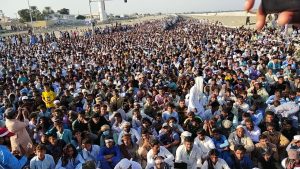


:quality(100)/cloudfront-us-east-1.images.arcpublishing.com/thesummit/K3JBQDSMSVFBRJJXMHNGWUTVEE.jpg)

:quality(70)/cloudfront-us-east-1.images.arcpublishing.com/archetype/LSBDTD2ILZD2BFEXLYVVORO7SQ.jpg)
:quality(100):focal(2982x728:2992x738)/cloudfront-us-east-1.images.arcpublishing.com/thesummit/TUIS4BUDDZBJVGNMBXZM5DZDWQ.jpg)
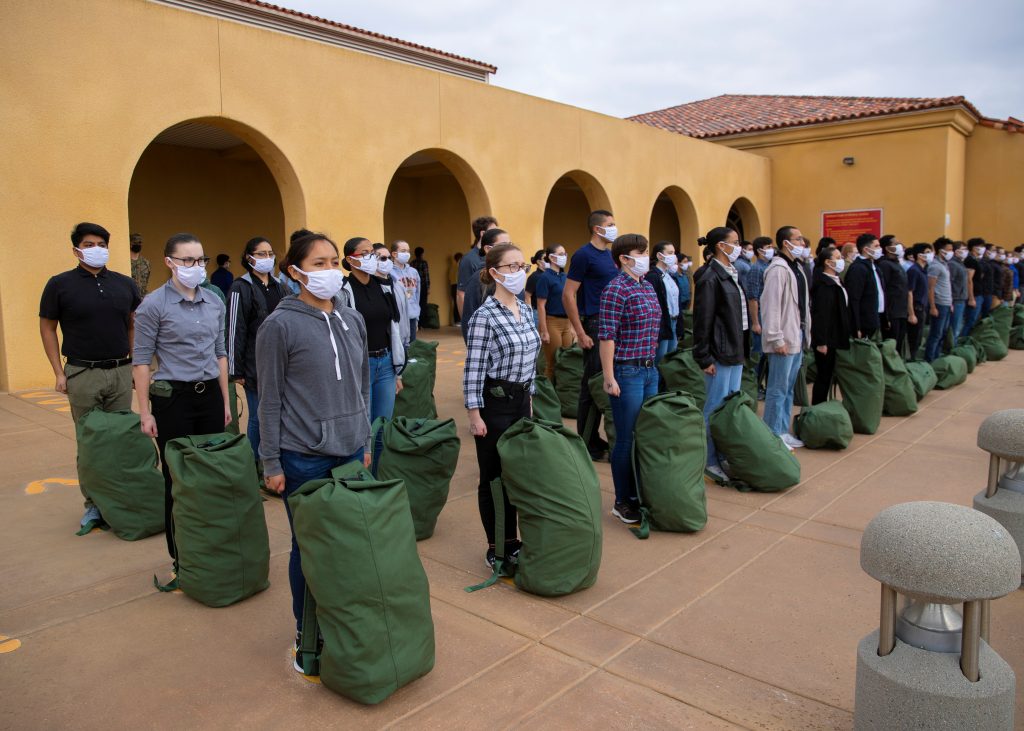
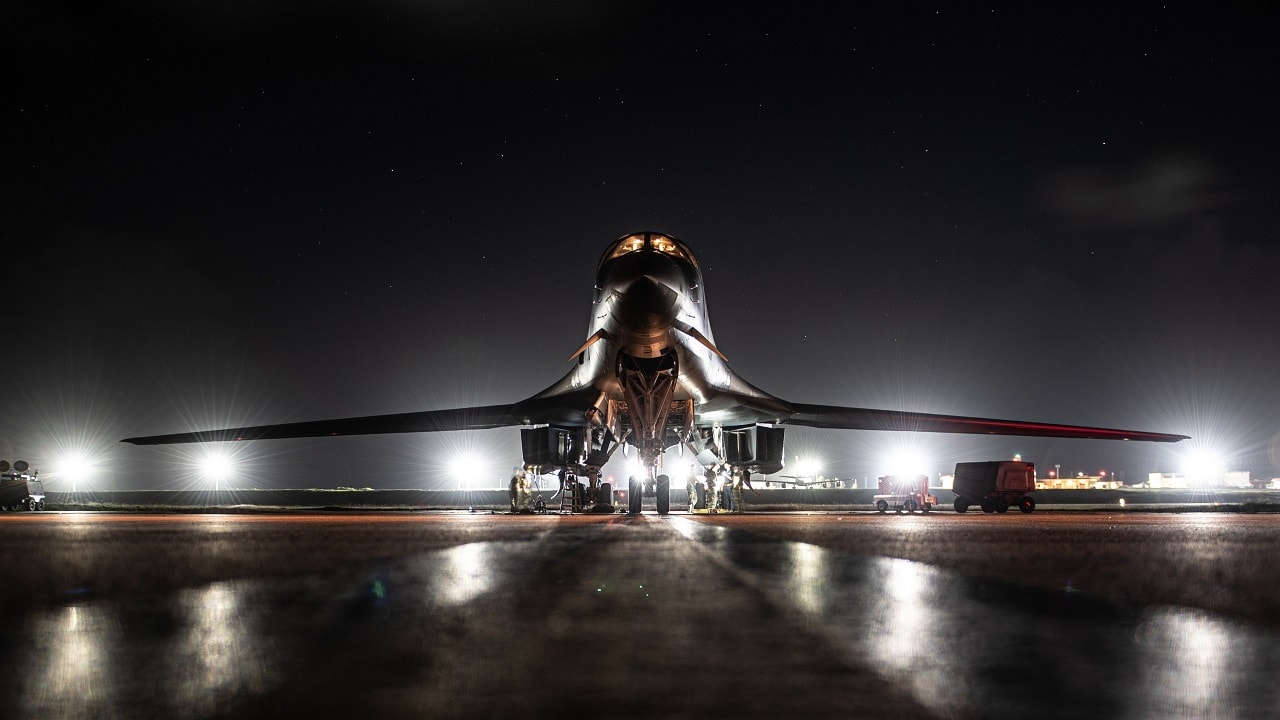
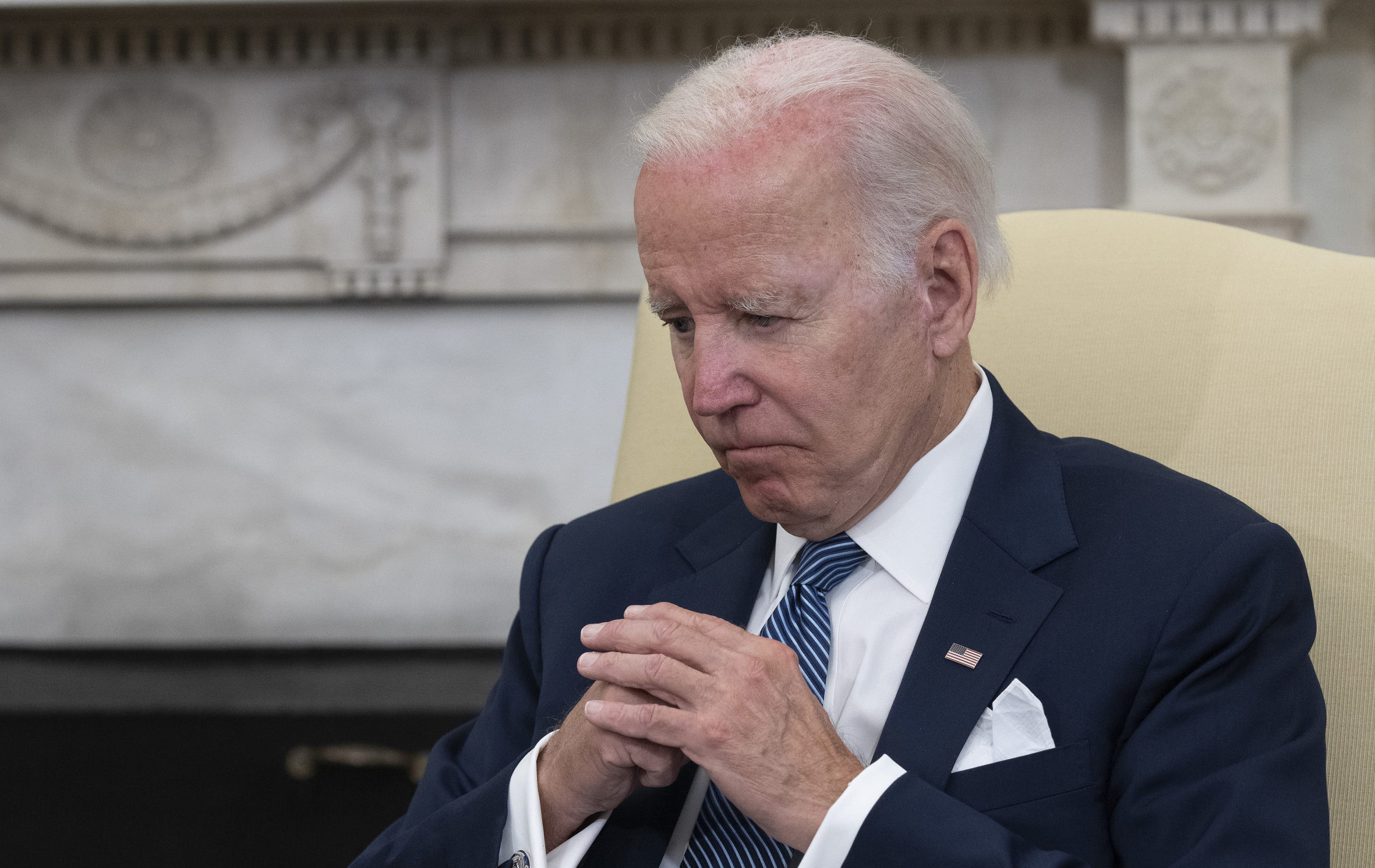
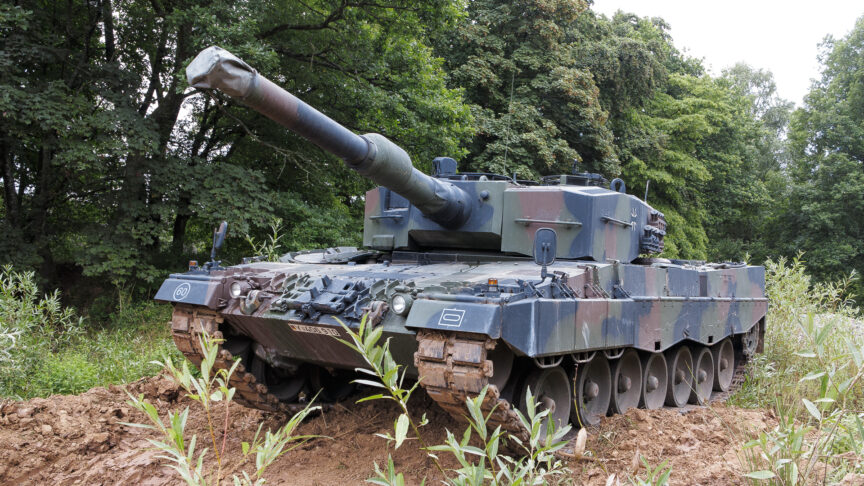


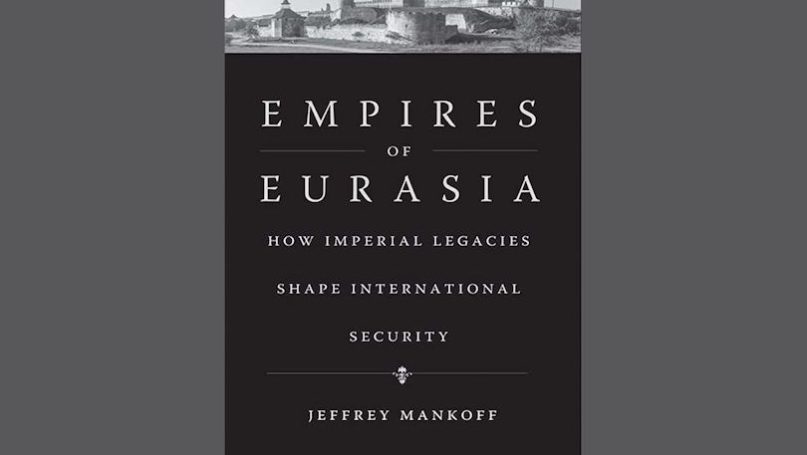



:quality(100):focal(684x1714:694x1724)/cloudfront-us-east-1.images.arcpublishing.com/thesummit/BLLUUMSL7VBO5ELSCRFLA4UOTA.jpg)
